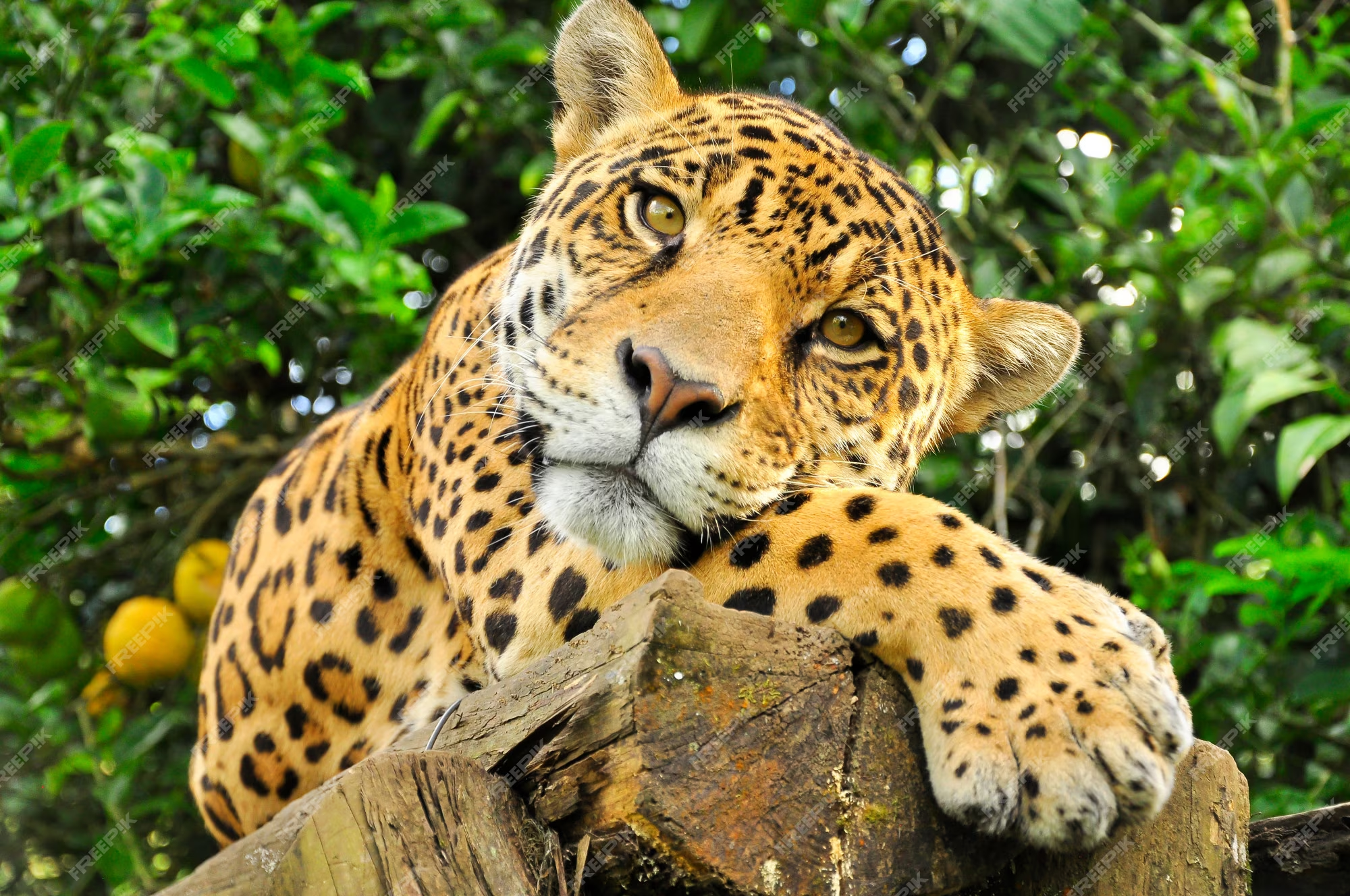A Tale of Two Rainforests: The Amazon and Indonesia

eyesonindonesia
The Amazon: A Green Giant
The Amazon Rainforest, sprawling across South America, is the largest tropical rainforest in the world. It is a sanctuary for an incredible diversity of life, with over 40,000 plant species, nearly 1,300 bird species, 3,000 types of fish, 427 species of mammals, and an astonishing 2.5 million different insects1. Among its most iconic inhabitants are the jaguar, the harpy eagle, and the pink river dolphin. The Amazon’s flora includes towering kapok trees, vibrant orchids, and the giant water lilies that float majestically on its waters.
Indonesia: An Archipelago of Life
Indonesia’s rainforests, spread over 18,000 islands, are the third largest in the world, following the Amazon and the Congo Basin2. These forests are home to some of the highest levels of biodiversity on the planet. Indonesia boasts over 25,000 species of flowering plants, including 2,000 species of orchids on Borneo alone2. The fauna is equally impressive, with the critically endangered Sumatran tiger, the orangutan, and the Javan rhinoceros among its most notable residents. The Rafflesia arnoldii, the world’s largest flower, also calls these forests home3.

Flora: A Symphony of Colors
Both the Amazon and Indonesian rainforests are botanical marvels. The Amazon’s flora includes the Brazil nut tree, which supports a complex ecosystem of plants and animals, and the rubber tree, which has had a significant impact on human industry. In Indonesia, the diversity of plant life is equally stunning. The durian tree, known for its distinctive and pungent fruit, and the sandalwood tree, valued for its aromatic wood, are just a few examples of the rich plant life3. The unique monster flower, Rafflesia arnoldii, with its enormous and striking bloom, is a testament to the extraordinary flora of Indonesia3.
Fauna: Guardians of the Forest
The Amazon’s fauna is a testament to the richness of life that thrives in this vast ecosystem. The jaguar, a top predator, plays a crucial role in maintaining the balance of the forest. The Amazon is also home to the elusive harpy eagle, one of the largest and most powerful birds of prey. In contrast, Indonesia’s rainforests are the last refuge for the critically endangered Sumatran tiger and the orangutan, both of which are facing severe threats from habitat loss2. The Javan rhinoceros, one of the rarest mammals on Earth, also finds sanctuary in these forests2.

Indonesia’s Role in Earth’s Lungs
Just like the Amazon, Indonesia’s rainforests play a vital role in regulating the Earth’s climate. These forests act as significant carbon sinks, absorbing large amounts of carbon dioxide and helping to mitigate climate change2. Indonesia has been making strides in conservation efforts, with initiatives aimed at reducing deforestation and promoting sustainable land use. By protecting its rainforests, Indonesia contributes to the health of our planet, ensuring that these vital ecosystems continue to thrive and support the incredible diversity of life they harbor.

The Amazon and Indonesian rainforests are two of the most biodiverse and ecologically significant regions on Earth. Their preservation is crucial not only for the countless species that call them home but also for the overall health of our planet. By working together globally, we can ensure that these natural wonders continue to inspire and sustain future generations.
2: Rainforest Action Network 3: Britannica 1: National Geographic









